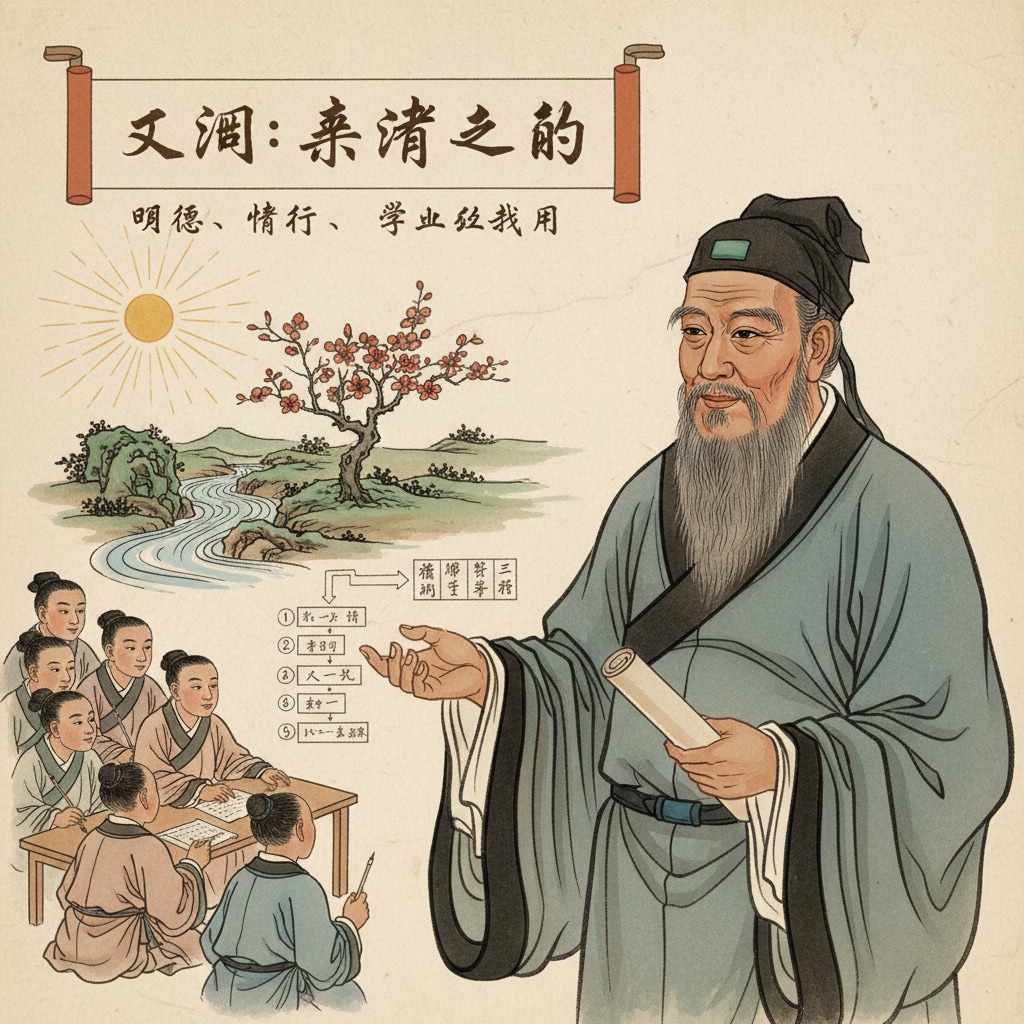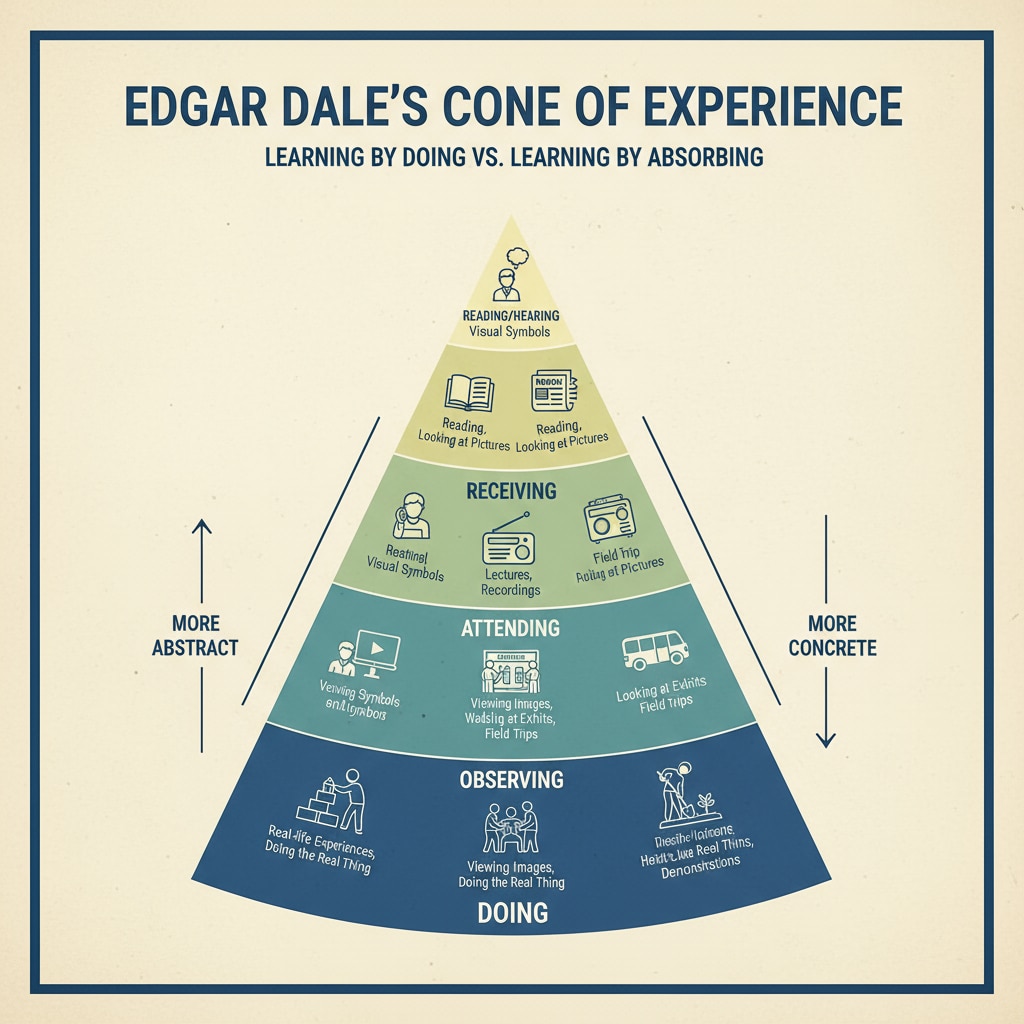Learning theories, the Cone of Experience, experiential learning, and sensory engagement have long been focal points in understanding how we acquire knowledge. Throughout history, scholars and educators have sought to uncover the most effective ways of learning, and time and again, the importance of hands-on experience has emerged.
The Wisdom of Xun Kuang: Laying the Foundation
Xun Kuang, an ancient Chinese philosopher, once said, “Not hearing is not as good as hearing; hearing is not as good as seeing; seeing is not as good as knowing; knowing is not as good as acting.” This profound statement emphasizes the hierarchical nature of learning. Mere hearing or reading about something provides a superficial understanding. Seeing can enhance that understanding, but true knowledge comes from knowing, and the deepest comprehension is achieved through action. Xun Kuang’s idea sets the stage for the concept of experiential learning, highlighting that actively engaging with knowledge leads to more profound understanding.

The Modern Perspective: Edgar Dale’s Cone of Experience
Fast forward to modern times, Edgar Dale introduced the “Cone of Experience” model. This model visually depicts the different levels of learning experiences. At the base of the cone are the most concrete and direct experiences, such as doing a hands-on activity. As we move up the cone, the experiences become more abstract, like listening to a lecture or reading a book. Dale’s model aligns with Xun Kuang’s teachings in that it shows that the more directly we engage with the subject matter, the better we learn. For example, students who participate in a science experiment (a hands-on activity at the base of the cone) are likely to understand the scientific principles better than those who only read about it in a textbook. Cone of Experience on Wikipedia

The Cone of Experience has been widely influential in educational circles, guiding educators on how to design more effective learning experiences. By incorporating activities that involve multiple senses, educators can move students closer to the base of the cone, promoting deeper learning.
The Power of Sensory Engagement in Experiential Learning
Sensory engagement plays a crucial role in experiential learning. When we engage multiple senses, such as sight, touch, and hearing, we create a more immersive learning environment. Take, for instance, a VR (Virtual Reality) Egyptian exhibition. Through VR technology, visitors can virtually walk through ancient Egyptian temples, see the intricate carvings up close, and even hear the sounds of the ancient civilization. This multi-sensory experience is far more engaging than simply reading about ancient Egypt in a book. It allows learners to feel as if they are directly experiencing the subject matter, enhancing their understanding and retention of knowledge. Learning Theory on Britannica
Moreover, research has shown that the more senses we involve in learning, the more neural pathways are activated in our brains. This increased neural activity leads to better encoding of information, making it easier for us to recall and apply what we have learned.
Readability guidance: We’ve explored how learning theories from different eras, like Xun Kuang’s wisdom and Dale’s Cone of Experience, highlight the importance of experiential learning. Sensory engagement further enriches this process, as seen in the VR Egyptian exhibition example. By understanding these concepts, educators and learners can optimize the learning experience.


